The Highs and hidden depths
Greenland is a vast country of ice and biting winds, a place where temperatures slip to -50°C and days can have as few as three hours of sunlight. It’s isolated, largely uninhabitable and very, very cold. It’s truly a wild destination in a way not many places are.
The Arctic and Greenland promises an unparalleled adventure that combines breathtaking natural beauty, unique wildlife encounters, and a profound connection to the Earth’s pristine wilderness. The Arctic region is a stark yet mesmerising landscape of icebergs and glaciers where you can witness the mesmerising Northern Lights illuminating the night sky.
This remote wilderness is a testament to the planet’s raw power and resilience, and experiencing its vastness and serenity is a humbling and transformative experience. Furthermore, the Arctic is home to remarkable wildlife, including polar bears, seals, and Arctic foxes, making it a haven for nature enthusiasts and wildlife lovers.
All the things you need to know
The capital of Iceland’s land of ice, fire and natural wonder, Reykjavik is a city like no other – blossoming among some of the world’s most vibrant and violent scenery. Home to two-thirds of Iceland’s population, Reykjavik is the island’s only real city, and a welcoming and walkable place – full of bicycles gliding along boulevards or battling the wind when it rears up. Fresh licks of paint brighten the streets, and an artistic and creative atmosphere embraces studios and galleries – as well as the kitchens where an exciting culinary scene is burgeoning. Plot your adventures in the city’s hip bars and cosy cafes, or waste no time in venturing out to Iceland’s outdoor adventures. Reykjavik’s buildings stand together – below the whip of winter’s winds – together with the magnificent Hallgrímskirkja church, with its bell tower rising resolutely over the city. Iceland’s largest church’s design echoes the lava flows that have shaped this remote land and boasts a clean and elegant interior. The Harpa Concert Hall’s sheer glass facade helps it to assimilate into the landscape, mirroring back the city and harbour. Its LED lights shimmer in honour of Iceland’s greatest illuminated performance – the northern lights. Walk in the crusts between continents, feel the spray from bursts of geysers and witness the enduring power of Iceland’s massive waterfalls. Whether you want to sizzle away in the earth-heated geothermal pools, or hike to your heart’s content, you can do it all from Reykjavik – the colourful capital of this astonishing outdoor country.
Stykkishólmur, located in western Iceland at the northern end of the Snæfellsnes peninsula, is the commerce center for the area. Its natural harbor allowed this town to become an important trading center early in Iceland’s history. The first trading post was established in the 1550s, and still today fishing is the major industry. The town center boasts beautiful and well-preserved old houses from earlier times. Stykkisholmur is very environmentally conscious – it was the first community in Europe to get the EarthCheck environmental certification, was the first municipality in Iceland to start fully sorting its waste, and was the first town in Iceland to receive the prestigious Blue flag eco-label for its harbor. It has also been a European Destination of Excellence (EDEN), since 2011.
Flatey is the ‘flat island’ just as the name sounds. These days Flatey is mainly seasonally populated with many brightly painted, wooden summer cottages to be found here. Like many other small islands around Iceland though, Flatey was once a hub for fishing and trade. This particular island prospered so much that it was the center of commercial and cultural life in the 19th century for this part of Iceland. Thanks to the surroundiung nutrient-rich waters 35 species of birds have been counted on Flatey ranging from Eider Ducks and Atlantic Puffins, to Arctic Terns, Red-necked Phalaropes, Ringed Plover and Snow Buntings.
Vigur Island is the second largest island in the Isafjardardjup Fjord, measuring 2 kilometers in length by 400 meters in width. It is home to a single sheep farming family, which ferries the sheep in summer across to the mainland, so that the Eider Ducks nesting on the island will not be disturbed. One of the export articles from this small island was eider down and one can still see where the Eider Ducks nest and how the down is collected and cleaned. The small settlement of a few houses is on the southern side, next to a small rocky beach, a concrete wall and floating pier. On approach grey seals can often be seen on the otherwise seaweed-covered boulders. Apart from the grey of the basalt and green of the grass, lichens add a splash of color. A path has been prepared and the grass cut, so that visitors can leisurely walk across the island to take in the beautiful scenery and to observe the large colony of Arctic Terns, Black Guillemots and Atlantic Puffins usually only seen during the summer months. A meticulously preserved historical landmark, a small windmill dating back to the 1840s was still in use in 1917 to grind wheat imported from Denmark. Viktoria House, one of the preserved wooden farm houses dating back to 1862, is used as a café where home-baked cakes and cookies are offered to guests. One of Europe’s smallest post offices can be found here, too.
Although the Hornstrandir Nature Reserve is further north across the Isarfjardardjup, Bolungarvik is Westfjords’ and Iceland’s northernmost town. Despite its relative isolation, Bolungarvik has been settled for hundreds of years and is already mentioned in the settlement period of Iceland. Located next to rich fishing grounds and the cove of the same name, Bolungarvik has always been a place for fishermen and one of the town’s attractions is a replica of an old fishing station. Just to the northwest is Bolafjall Mountain which blocks off the wind and swell from the Atlantic Ocean. The view from the top (at 638 meters above sea level) not only covers Bolungarvik and the surrounding valleys and mountains, but several fjords and the Hornstrandir Nature Reserve. Although only 950 residents call Bolungarvik their home, this is the Westfjords’ second largest town. There even is a nine hole golf course (par 71) with 18 sets of tees.
Iceland’s Capital of the North is the gateway to a thrilling land of roaring waterfalls, soaring volcanoes and glorious wildlife. It may lie a mere 60 miles from the Arctic Circle, but Akureyi blossoms with a bright, cosmopolitan feel, and explodes into life during the summer months, when its outdoor cafes and open-air bathing spots fill up with visitors ready to immerse themselves in Iceland’s cinematic scenery. Feel the thundering impact of Iceland’s celebrated natural wonders shaking your bones at Godafoss Waterfalls, known as the ‘Waterfalls of the Gods’. Here, the Skjálfandafljót river unleashes a colossal torrent of water over charcoal-black rocks below. Or, find some peace at the Botanical Gardens, which opened in 1957 and offer space for contemplation – amid plants that bloom with unexpected vibrancy, even at this northerly latitude. The Lutheran, Akureyrarkirkja Church rises like a grand church organ and is the town’s most striking landmark. The 112-step climb is worth the effort to see light flooding in through its narrow stain glass windows, spreading colourful patchworks across the interior. Magic and mythology are important elements of Icelandic folklore, and you’ll even bump into giant sculptures of grizzled, child-snatching trolls on the town’s high street. Or, meet more earthly – but no less magical – creatures in the waters around Akureyi, where immense blue whales cruise by and dolphins playfully leap.
Days at sea are the perfect opportunity to relax, unwind and catch up with what you’ve been meaning to do. So whether that is going to the gym, visiting the spa, whale watching, catching up on your reading or simply topping up your tan, these blue sea days are the perfect balance to busy days spent exploring shore side.
Humpback and minke whales cavort and feed in the waters around the impressive volcanic island of Jan Mayen with its towering ebony peaks and broad black lava beaches. The primordial landscape is dominated to the north by the 7,500 feet high (2,300 meters) Mt Beerenberg, an active volcano covered in glacial ice that last erupted in 1985. With permission from the Norwegian authorities, a landing is possible at this rarely visited outpost. Visitors may walk to the research and weather station, or beyond, for birds-eye views of the meteorological station and the long black sandy eastern shore of the island. Birds to be seen here may include Atlantic Puffins, Northern Fulmars, and Snow Buntings.
Days at sea are the perfect opportunity to relax, unwind and catch up with what you’ve been meaning to do. So whether that is going to the gym, visiting the spa, whale watching, catching up on your reading or simply topping up your tan, these blue sea days are the perfect balance to busy days spent exploring shore side.
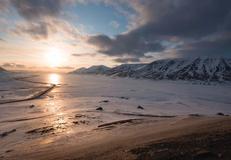
Svalbard’s northern region is less influenced by the Norwegian Current coming through the Greenland Sea than the southern region and shows more ice. The northern part of the island of Spitsbergen shows quite a number of impressive fjords, bays and glaciers. The Nordaust Svalbard Nature Reserve includes Spitsbergen’s east coast, the Hinlopen Strait, Nordaustlandet and some islands further east like Kvitoya and Storoya. Several walrus haul-outs, spectacular glaciers, bird cliffs and bird islands, as well as surprising flora in Arctic deserts and the possibility to see polar bears and to visit historically important sites make this an area prone for exploration. Ice conditions will dictate which sites can be seen.
Svalbard’s northern region is less influenced by the Norwegian Current coming through the Greenland Sea than the southern region and shows more ice. The northern part of the island of Spitsbergen shows quite a number of impressive fjords, bays and glaciers. The Nordaust Svalbard Nature Reserve includes Spitsbergen’s east coast, the Hinlopen Strait, Nordaustlandet and some islands further east like Kvitoya and Storoya. Several walrus haul-outs, spectacular glaciers, bird cliffs and bird islands, as well as surprising flora in Arctic deserts and the possibility to see polar bears and to visit historically important sites make this an area prone for exploration. Ice conditions will dictate which sites can be seen.
Svalbard’s northern region is less influenced by the Norwegian Current coming through the Greenland Sea than the southern region and shows more ice. The northern part of the island of Spitsbergen shows quite a number of impressive fjords, bays and glaciers. The Nordaust Svalbard Nature Reserve includes Spitsbergen’s east coast, the Hinlopen Strait, Nordaustlandet and some islands further east like Kvitoya and Storoya. Several walrus haul-outs, spectacular glaciers, bird cliffs and bird islands, as well as surprising flora in Arctic deserts and the possibility to see polar bears and to visit historically important sites make this an area prone for exploration. Ice conditions will dictate which sites can be seen.
Svalbard’s Southern Region and specifically Spitsbergen’s west coast is less ice-clogged than the rest of Svalbard due to the moderating influenced of the Gulf Stream. Several fjords cut into the western coast of Spitsbergen and have been used by trappers and hunters, as well as the different mining companies that tried to exploit the riches of the archipelago’s largest island of Spitsbergen. Remains of huts and mines, as well as active commercial and scientific settlements can be found and visited. Depending on the time of the season, glaciers can be visited on foot or by sea. Hornsund will reveal fascinating views of geological formations, craggy mountains, spectacular glaciers and a variety of seabirds and seals.
Svalbard’s Southern Region and specifically Spitsbergen’s west coast is less ice-clogged than the rest of Svalbard due to the moderating influenced of the Gulf Stream. Several fjords cut into the western coast of Spitsbergen and have been used by trappers and hunters, as well as the different mining companies that tried to exploit the riches of the archipelago’s largest island of Spitsbergen. Remains of huts and mines, as well as active commercial and scientific settlements can be found and visited. Depending on the time of the season, glaciers can be visited on foot or by sea. Hornsund will reveal fascinating views of geological formations, craggy mountains, spectacular glaciers and a variety of seabirds and seals.
The excursions are provided as a sample of what may be offered on this voyage and are subject to change. We are constantly updating our shore excursion programme with immersive and authentic experiences, so please do not hesitate to review your tour programme choice closer to your sail date.
- Owners Penthouse Suite – Suite size: 55m2
- Grand Suite – Suite size: 95m2
- Royal Suite – Suite size: 69m2
- Silver Suite – Suite sizes: 48m2
- Medallion Suite – Suite sizes: 41m2
- Deluxe Veranda Suite – Suite sizes: 27m2
- Classic Veranda Suite – Suite sizes: 27m2
- Vista Suite – Suite sizes: 22m2
- The Grill : Soft breezes and ocean views beckon at the Grill, especially as the sun goes down when cruise guests gather for cocktails at the outdoor bar and talk about the day’s events.
- La Terrazza : Authentic Italian recipes and the freshest, sustainable ingredients come together in this restaurant at sea.
- The Restaurant : Enjoy Continental and regional specialities, as well as sweeping ocean views in the main dining room.
- La Dame : La Dame features a menu of seasonally inspired dishes prepared with the freshest locally sourced ingredients.
- Pool Deck : Chaise lounges arranged in the sun or shade. Bubbling whirlpools.
- Reception : Be sure to visit the reception area, where our experts can provide invaluable information to help you get the most out of your cruise.
- Fitness Centre : The fitness centre offers world-class equipment, classes and personalised services.
- Connoisseur’s Corner : If you appreciate good cognac or premium cigars, be sure to visit the Connoisseur’s Corner to see the ship’s exceptional selection.
- Boutique : There is a wealth of luxury shopping experiences aboard all Silversea ships, featuring the most distinctive and appealing brands from across the globe.
- The Show Lounge : Applaud a broad spectrum of entertainment – from full scale production shows and classical soloists, to cultural entertainment and feature films.
- Panorama Lounge : Relax and unwind in the Panorama Lounge, a sophisticated yet amicable space offering beautiful ocean views as you enjoy your cruise.
- Zagara Beauty Spa : Indulge in a luxurious spa treatment. Facials, body wraps, massages and so much more.
- Dolce Vita : Dolce Vita is the gathering place for our savvy travellers of the world, a place where guests mingle and exchange stories and where new faces become lifelong friends.
- Zagara Beauty Salon : Maintain your fresh look throughout your luxury cruise at the Zagara Beauty Salon. Services are available for men and women.
- Observation Library : The Observation Library boasts exceptional views overlooking the ocean as it stretches out below you while you enjoy your cruise.
- Photo Studio : The photo studio offers a professional space for budding photographers to retouch, print and display their work.
Gallery
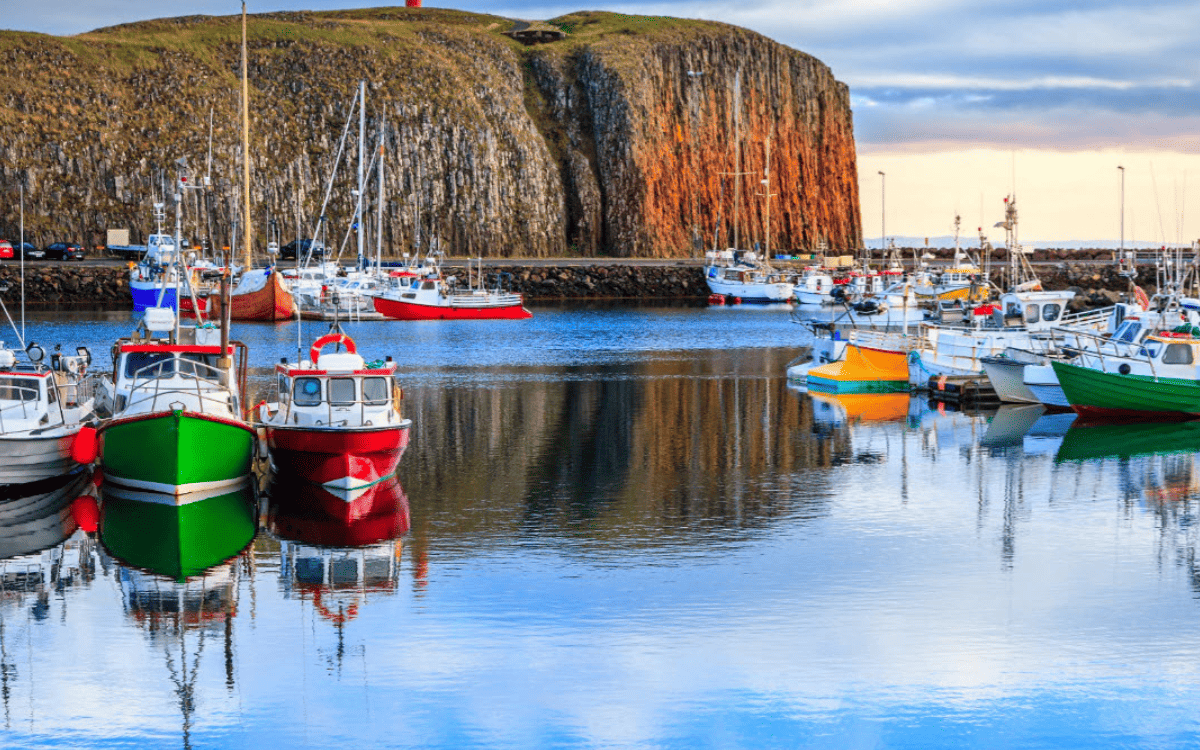
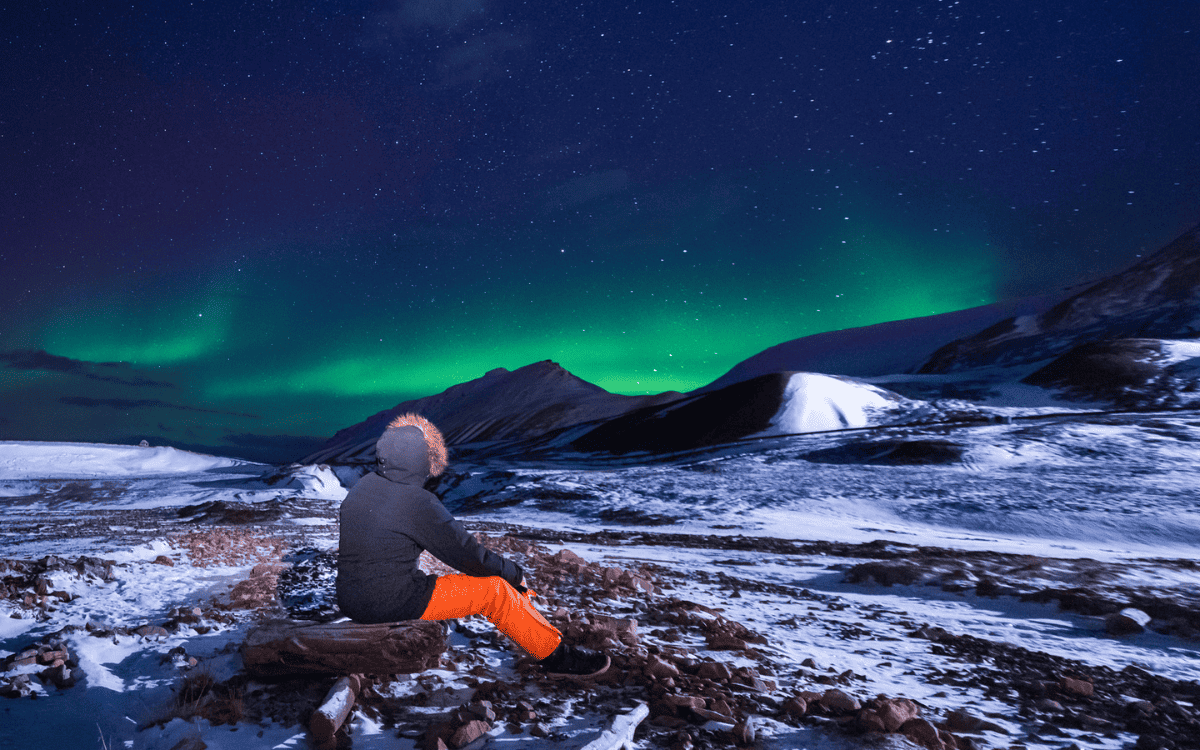
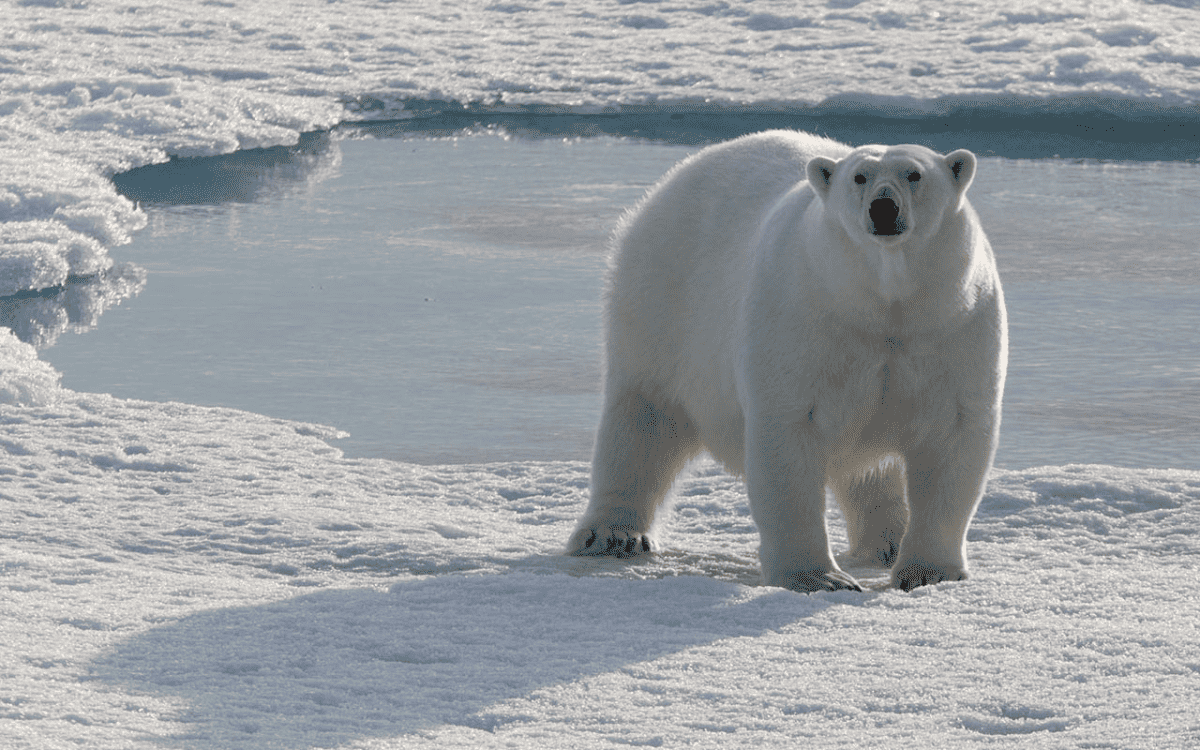
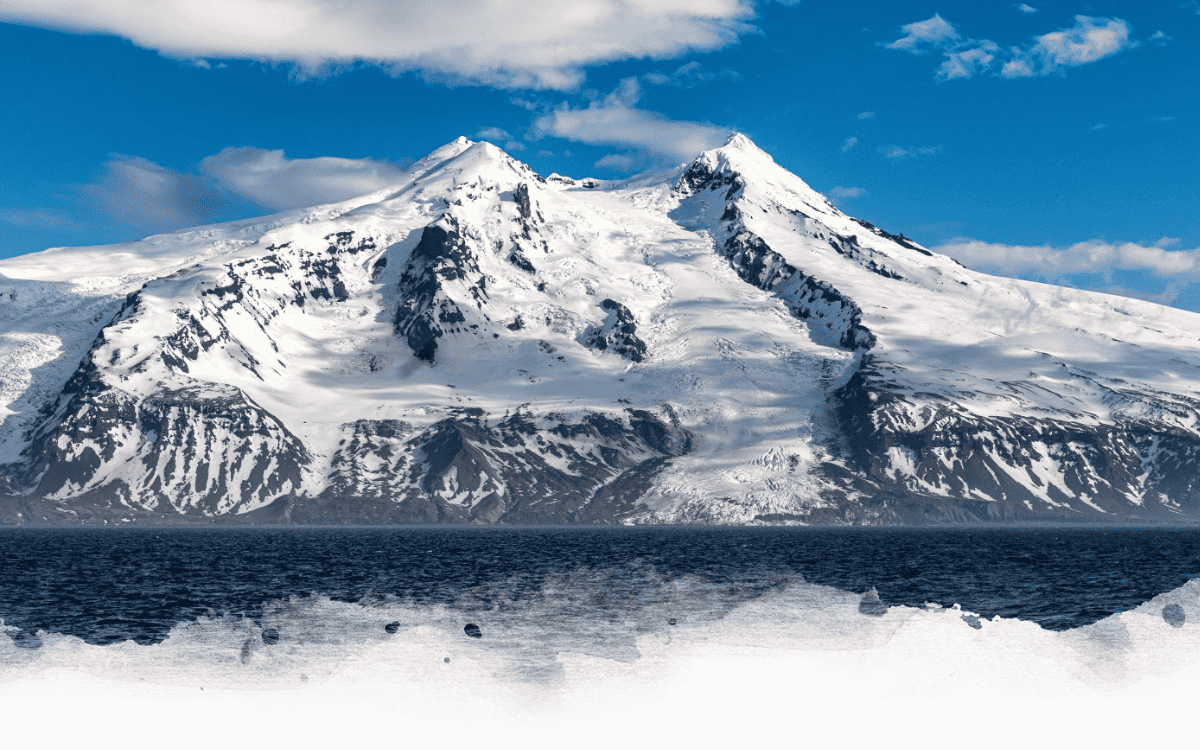

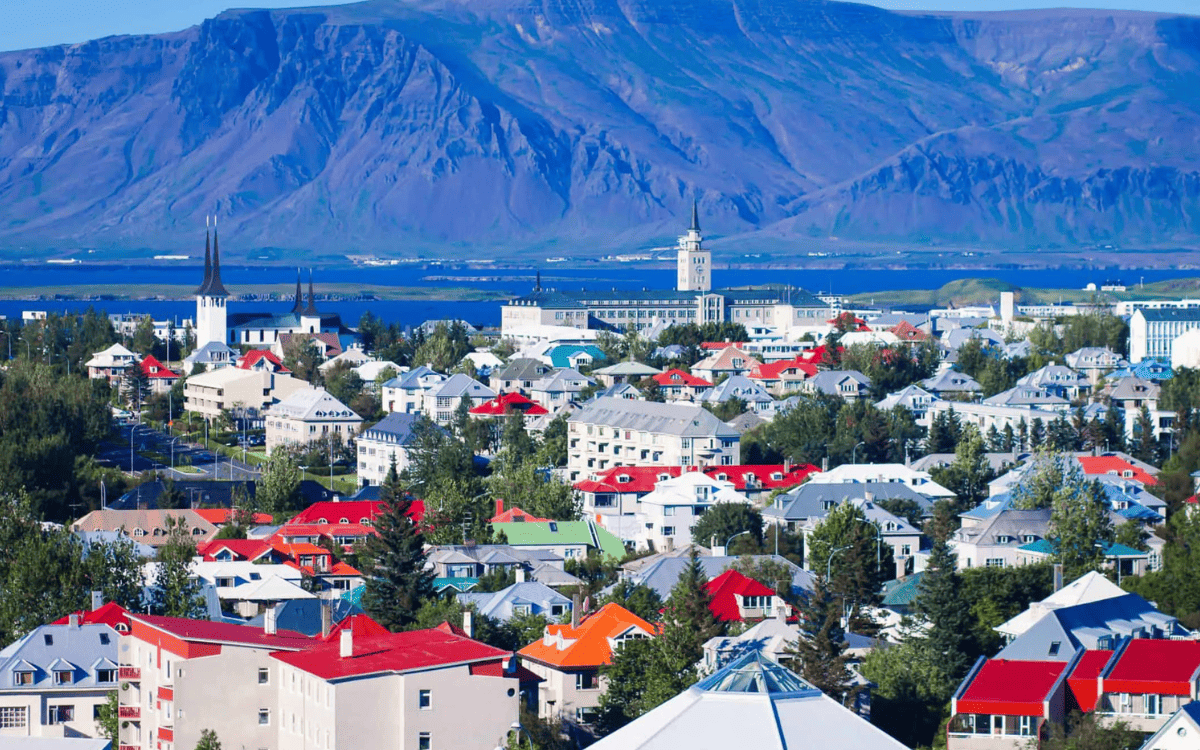
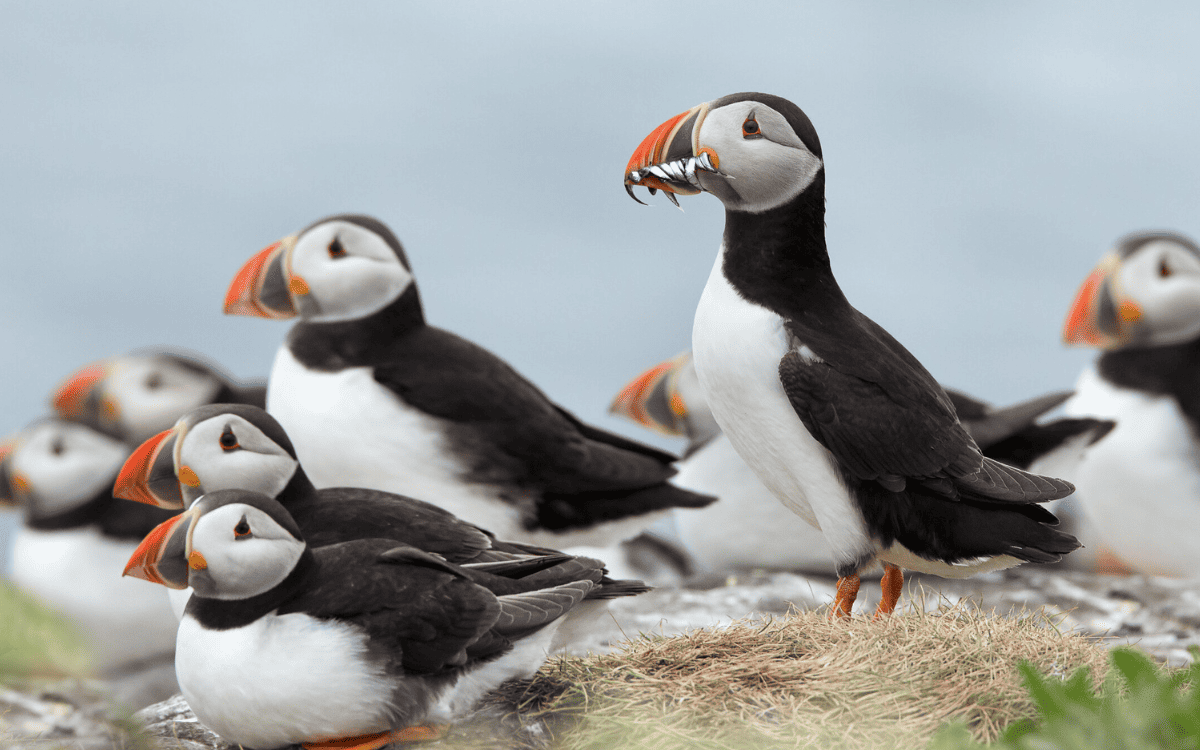
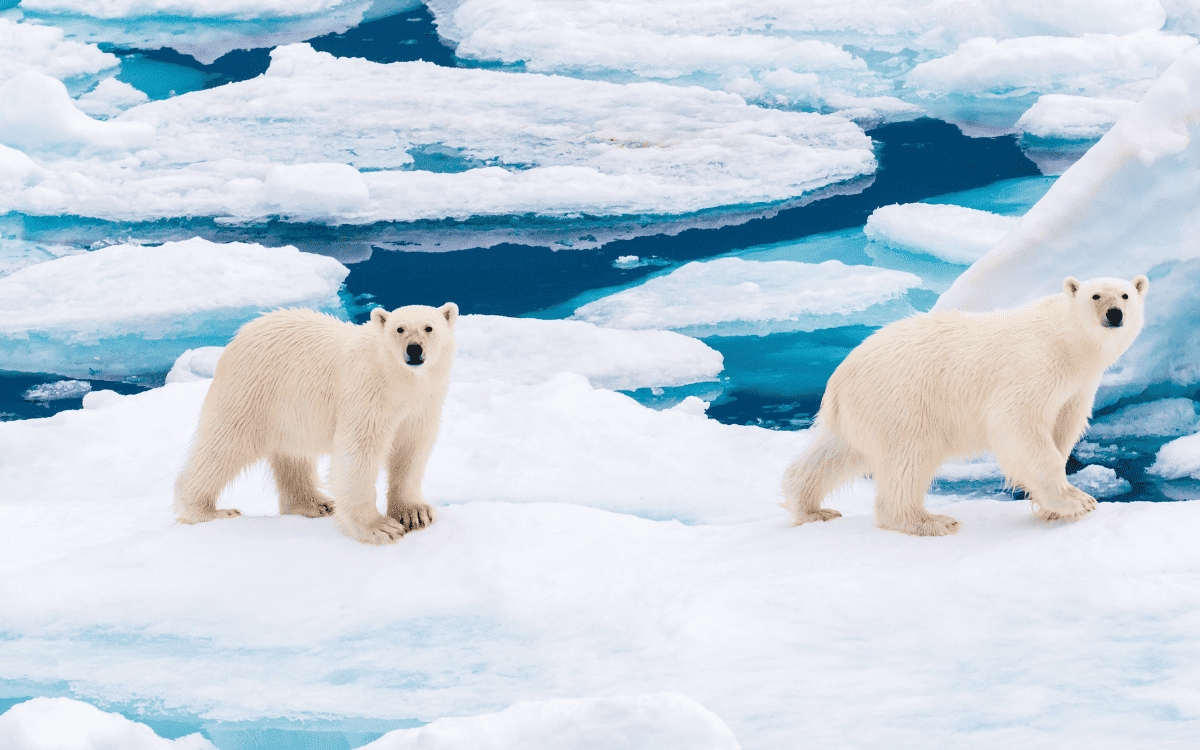

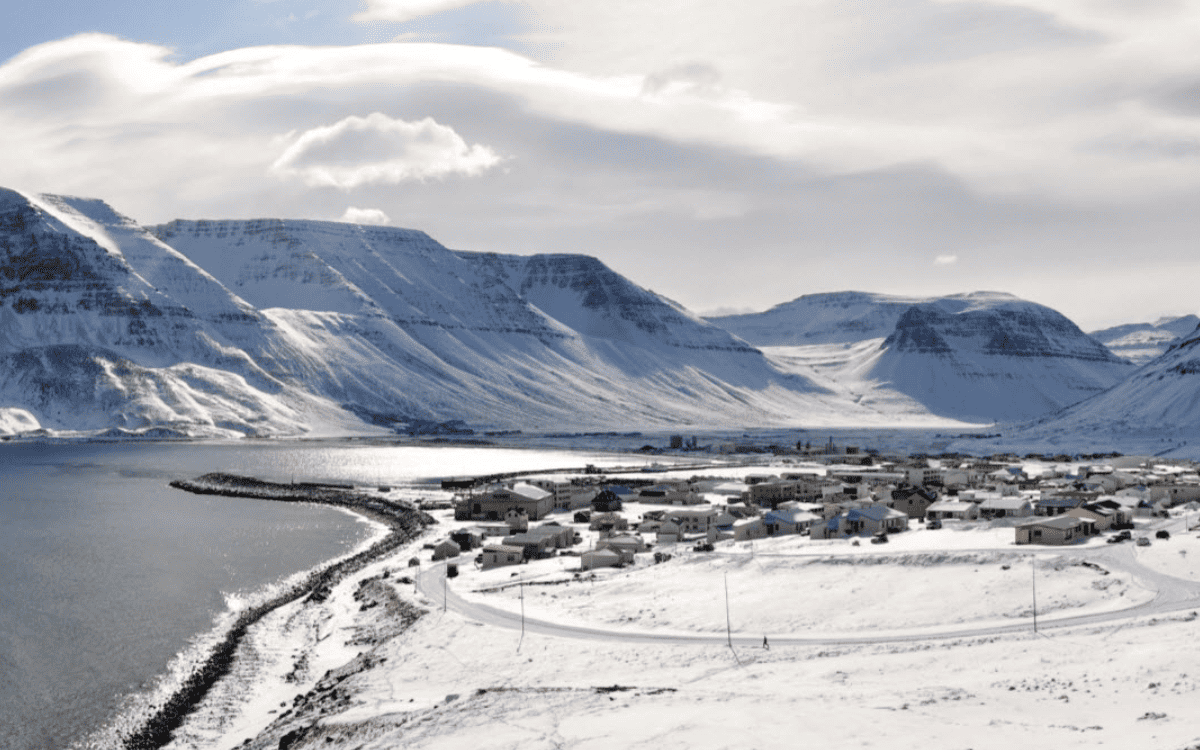
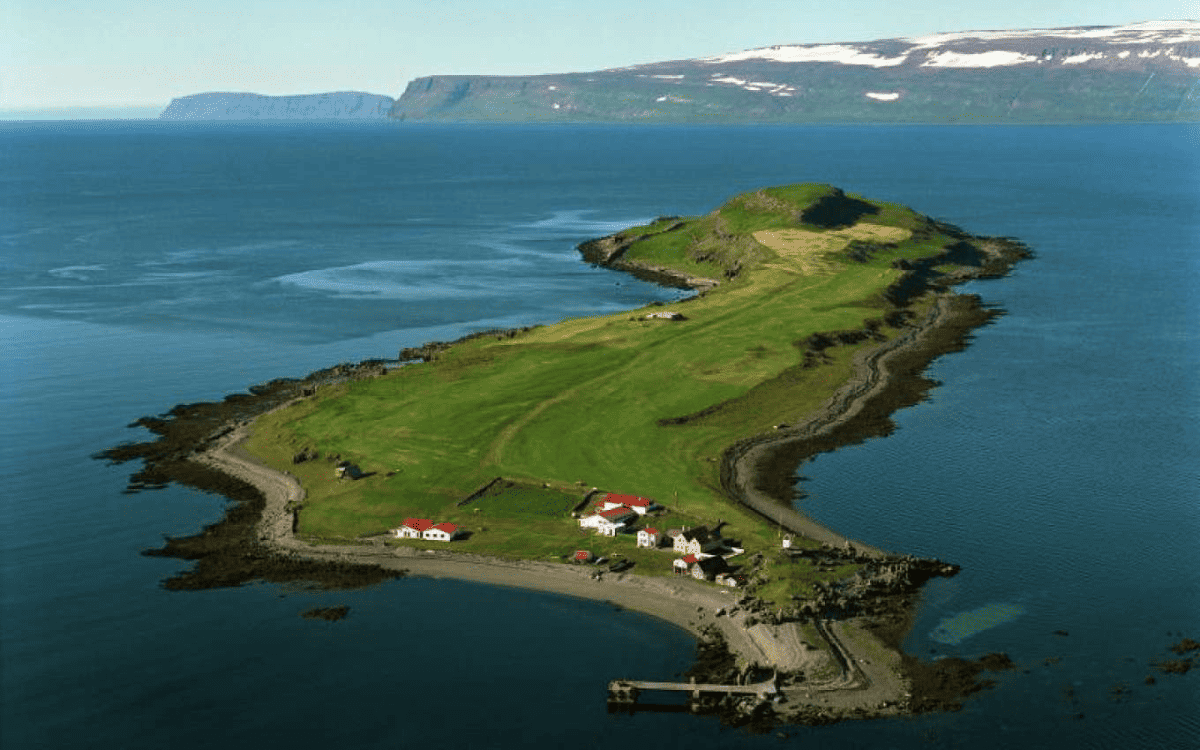
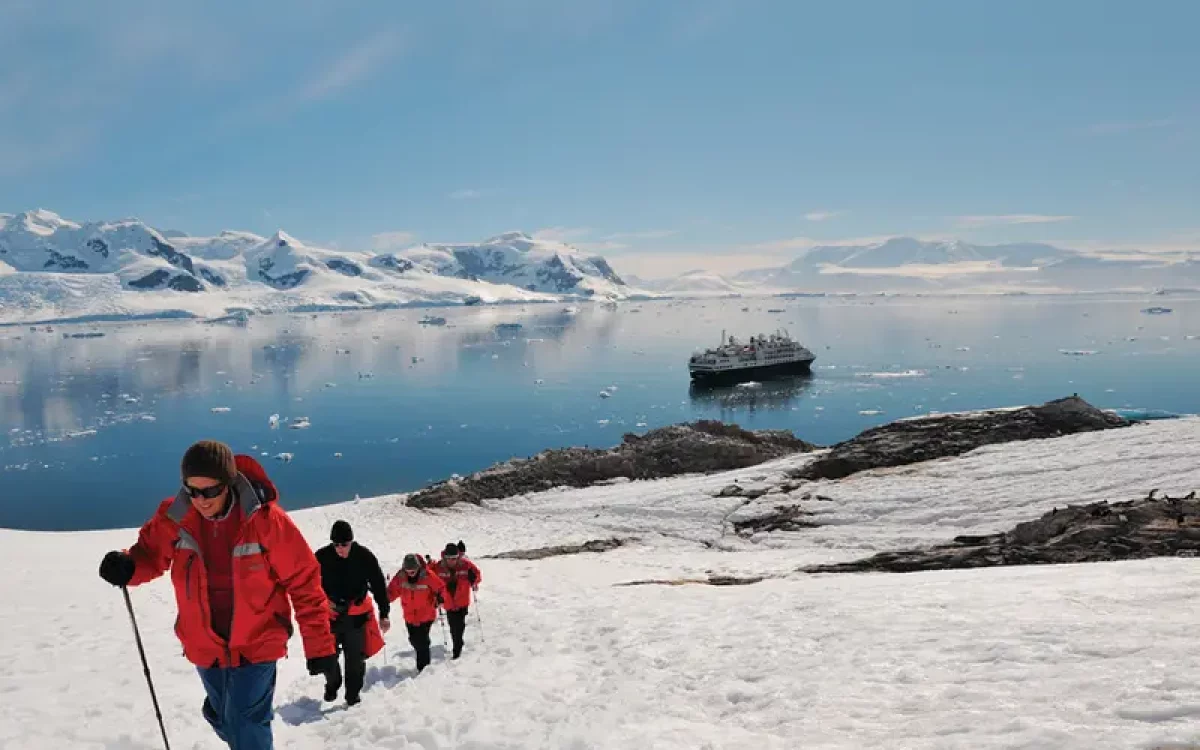
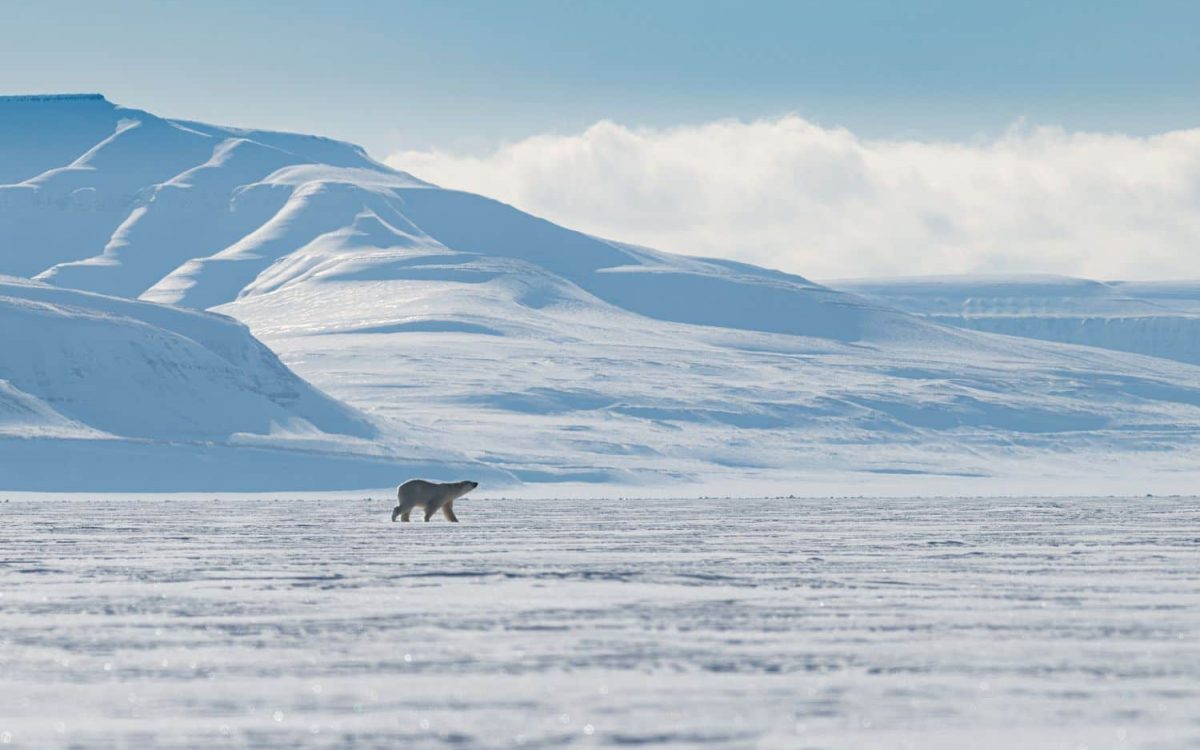
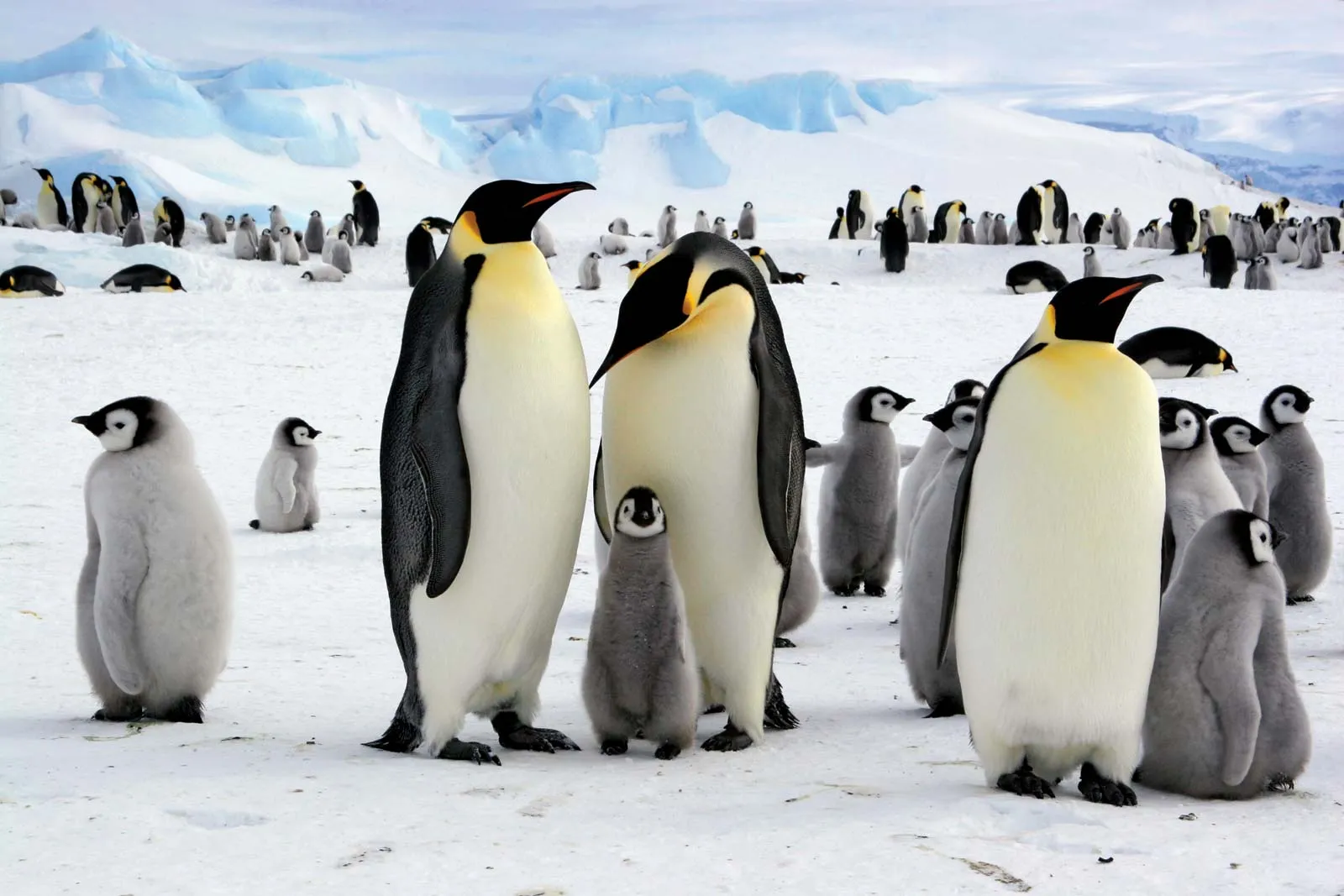
Let's Chat
We are here to help. Our travel experts will organise and book your dream holiday.
call us today or complete our online enquiry form to start your next adventure.
Let's Chat
We are here to help. Our travel experts will organise and book your dream holiday.
call us today or complete our online enquiry form to start your next adventure.



